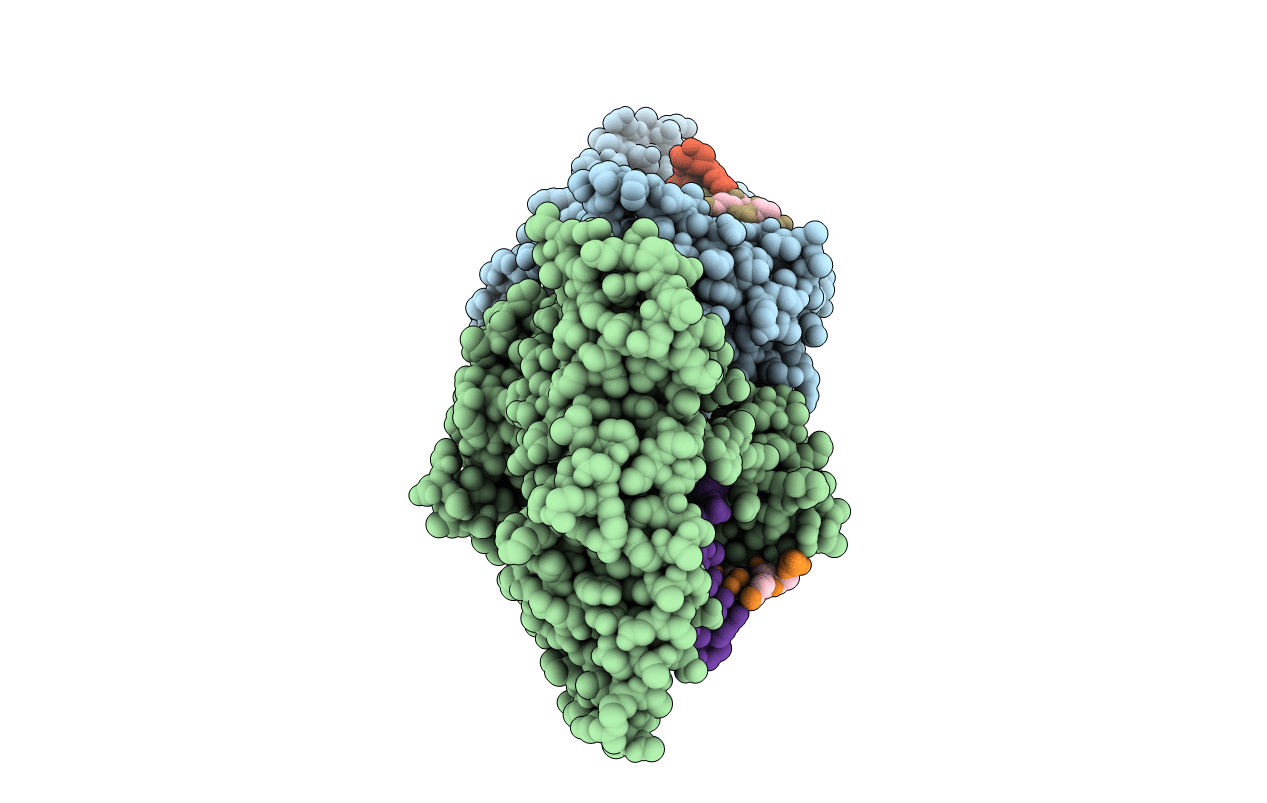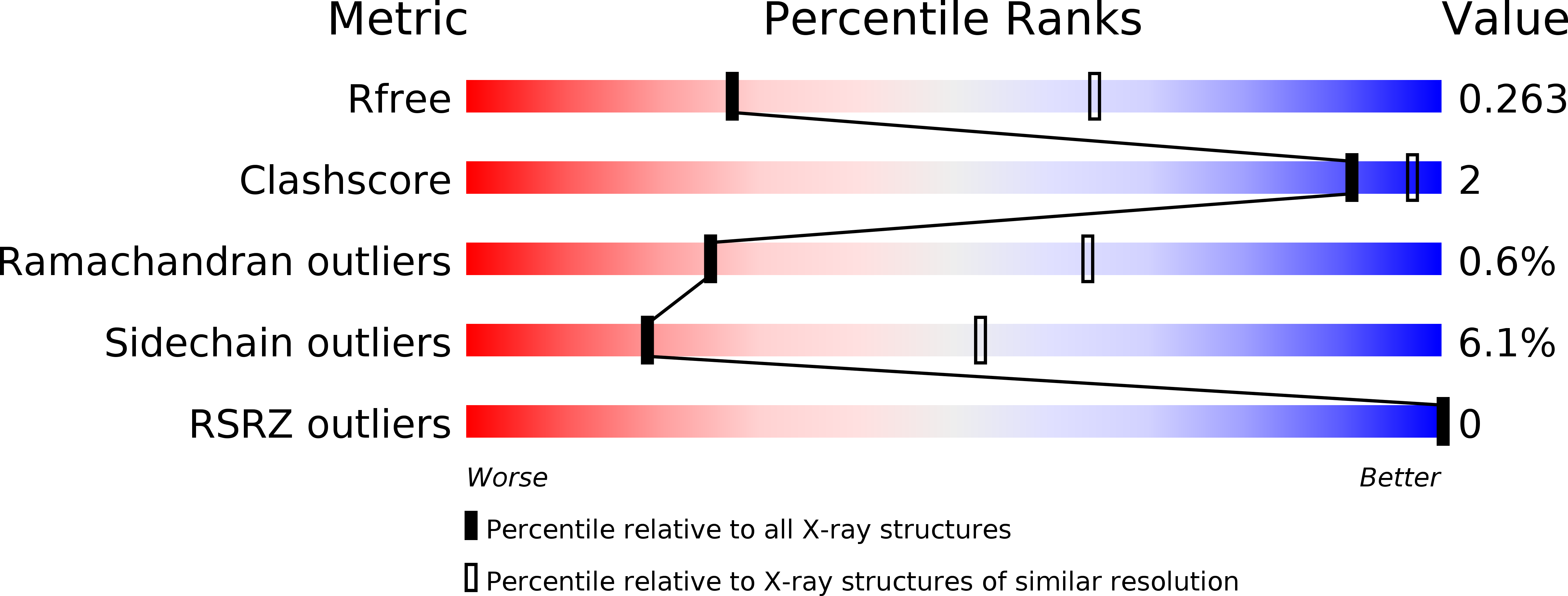
Deposition Date
2016-08-17
Release Date
2016-12-21
Last Version Date
2024-03-06
Entry Detail
PDB ID:
5T14
Keywords:
Title:
DNA polymerase kappa extending beyond a bulky major benzo[a]pyrene adduct
Biological Source:
Source Organism:
Homo sapiens (Taxon ID: 9606)
unidentified (Taxon ID: 32644)
unidentified (Taxon ID: 32644)
Host Organism:
Method Details:
Experimental Method:
Resolution:
3.00 Å
R-Value Free:
0.26
R-Value Work:
0.20
R-Value Observed:
0.20
Space Group:
P 21 21 21


